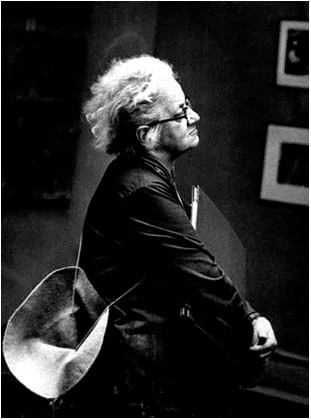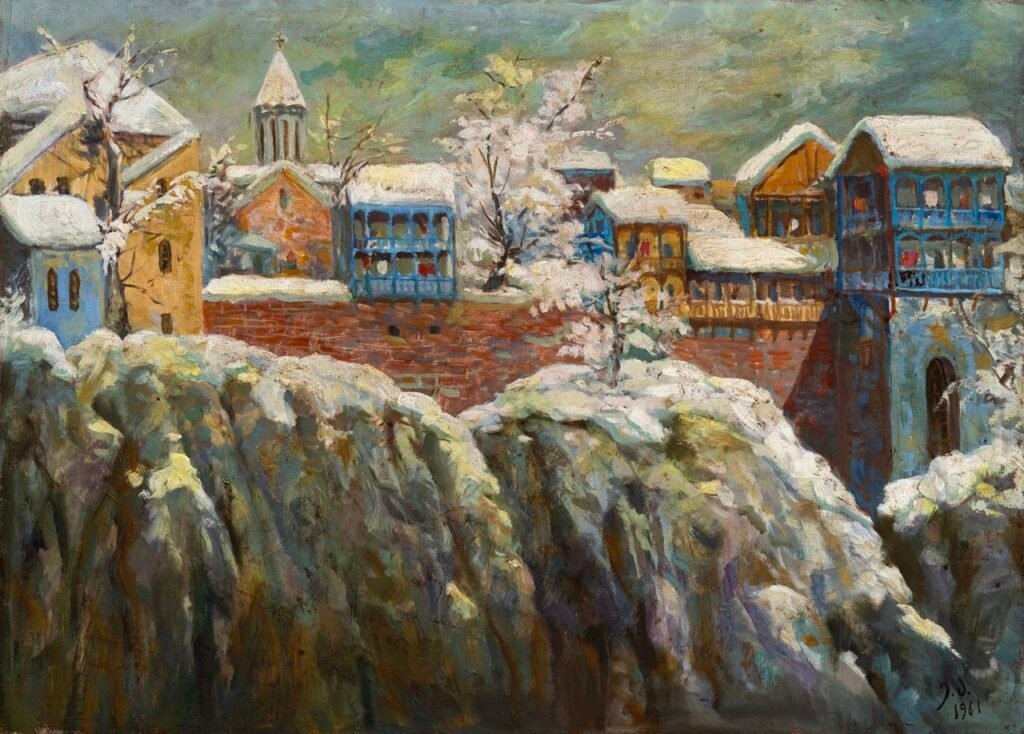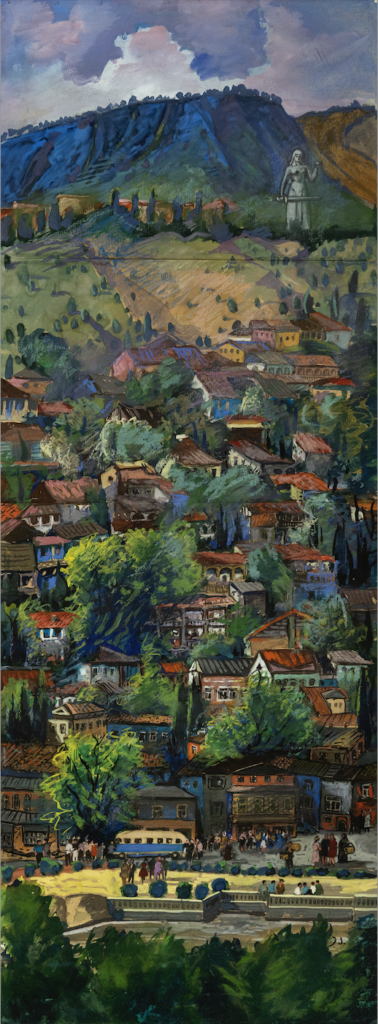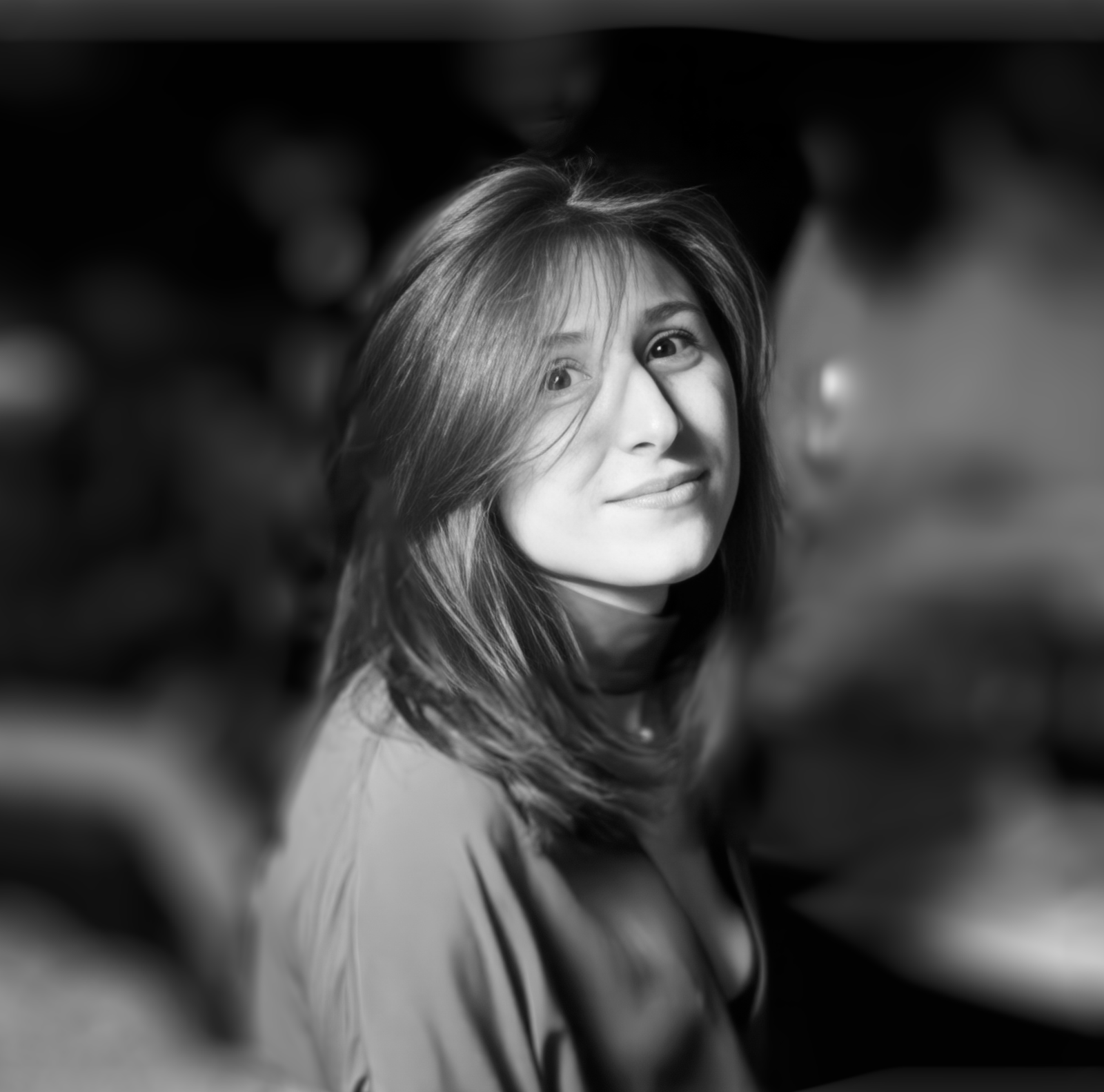
Born into an intellectually vibrant environment in Telavi, Georgia, Elene Akhvlediani’s creative spirit flourished under the influence of her remarkable parents. Her father, Dimity Akhvlediani, embodied academic excellence and determination, rising from humble beginnings to become a respected medical professional through studies at prestigious institutions including Kharkov University and St. Petersburg Military Medical Academy. Despite facing political challenges and temporary exile, he maintained his commitment to education and social progress. Her mother, Elizabeth Eristavi, though born into nobility, embraced democratic values and cultivated a household rich in cultural activities, where Georgian songs and literature were daily fare. This dynamic family environment profoundly shaped Akhvlediani’s artistic sensibilities and cultural consciousness.

Artistic Education and Parisian Influence
Akhvlediani’s formal artistic journey began at the Tiflis Academy of Arts in 1922 under the guidance of Gigo Gabashvili. Her exceptional talent quickly became apparent, leading to transformative years in Paris, where she immersed herself in the modernist movement. In Paris, she encountered influential figures including Pablo Picasso and various surrealist artists, who recognized her unique vision. The Parisian art scene’s energy and innovation deeply influenced her artistic development, though she maintained her distinctive Georgian perspective. Her work garnered significant attention in Paris, with Picasso himself expressing admiration for her painting “Kakheti Winter,” marking a pivotal moment in her international recognition.
Artistic Maturity and Innovation
Following her Parisian experience, Akhvlediani developed a unique artistic language that bridged modernist techniques with Georgian cultural elements. Her urban landscapes, particularly of Tbilisi, captured the city’s architectural character while incorporating modern artistic sensibilities. She moved beyond mere representation, infusing her works with emotional depth and cultural significance. Her technique evolved to include complex layering of materials, combining watercolors, gouache, and various drawing media to create rich, textured surfaces that conveyed both the physical and spiritual essence of her subjects.
Theatrical Design and Cultural Impact
In 1928, a chance encounter with director Kote Marjanishvili led to Akhvlediani’s involvement in theatrical design, marking the beginning of an illustrious parallel career. Over the following decades, she designed sets and costumes for 72 productions across Georgia, Moscow, Leningrad, Kiev, and Kharkov. Her theatrical work demonstrated remarkable versatility, from constructivist-inspired sets to richly detailed period costumes. Her designs for productions like “Ruy Blas” (1941) showcased her ability to create costumes that not only beautified the stage but also enhanced character interpretation and movement.

Cultural Leadership and Legacy
Akhvlediani’s studio at 12 Kiacheli Street transcended its role as a workplace to become Tbilisi’s cultural heart. Here, artists, musicians, writers, and intellectuals gathered regularly, engaging in creative dialogue and cultural exchange. Notable musicians, including Richter, performed in this space, creating an atmosphere of artistic cross-pollination. Her commitment to cultural preservation extended beyond her own work, as she actively supported young artists and initiated Georgia’s first children’s art gallery.
Later Years and Continuing Influence
In her final decade, Akhvlediani increasingly focused on capturing the vanishing architecture of old Tbilisi. Her later works took on a more subtle, elegiac quality, often featuring a distinctive silvery-grey palette that many considered captured the city’s essential character. She continued experimenting with mixed media techniques, creating works that combined multiple materials to achieve complex pictorial and structural effects. Her dedication to preserving Georgian cultural heritage through art remained unwavering until her death in 1975.
Enduring Impact
Akhvlediani’s influence on Georgian art and culture continues to resonate. Her studio, now a house-museum, maintains its role as a cultural center, hosting exhibitions, musical performances, and literary events. The museum staff meticulously preserves her legacy, conducting research and maintaining a comprehensive catalog of her work. Her artistic vision, combining modernist innovation with deep cultural roots, continues to inspire contemporary artists and cultural practitioners. The transformation of her personal space into a living museum ensures that her influence remains active in Georgian cultural life, perpetuating her role as a pivotal figure in the country’s artistic heritage. Her achievement as the first woman to receive the Shota Rustaveli Prize in 1971 marked not just personal recognition but a milestone in Georgian cultural history, paving the way for future generations of female artists.



